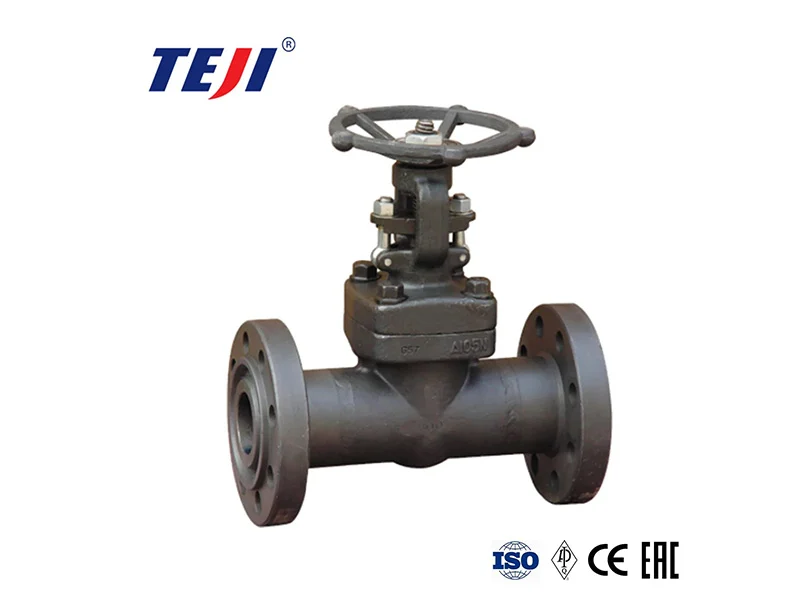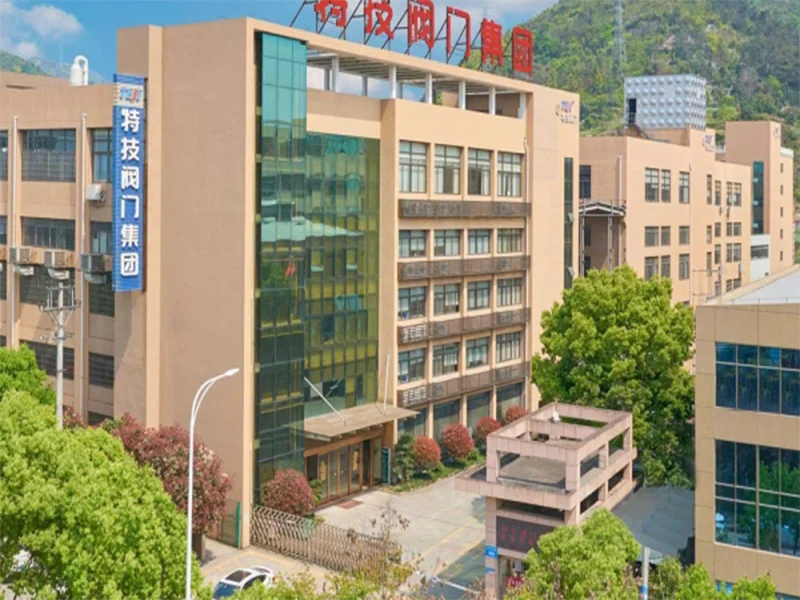Valves are devices that effectively control the flow of pure liquids. Different liquid media flow in varying directions, either faster or slower, through valves with different functions. Of course, in actual applications, the media being transported are far more complex than pure liquids, such as those containing mud.
To prevent the passage of mud, valves must be selected that require no displacement and do not reduce production. Whether it’s acidic media in chemical facilities or abrasive media in oil sands, mud can impact tools. This is where butterfly valves come in handy. Let’s take a closer look at how butterfly valves work.
Unlike gate valves and ball valves, which have complex flow paths, a butterfly valve’s core is a rotating disc (disc). When conveying mud, its core operating principle is “unblocking” rather than “blocking.”
Assume a simple mud conveying circuit: mud tank – pump – pipeline – butterfly valve – destination.
Startup Process
Initially, the butterfly valve is closed (the disc is perpendicular to the pipeline), isolating the upstream and downstream sides. The pump starts first, building pressure. At this point, because the valve is closed, the pump builds a stable pressure upstream of the valve. The operator (or control system) slowly opens the butterfly valve. The valve disc rotates from 90° to 0°. As the disc opens, high-pressure slurry begins to flow through the valve. As the opening gradually widens, flow resistance decreases, and the flow rate gradually increases. When the disc rotates parallel to the pipeline (0°), the flow path is fully open, allowing the slurry to flow smoothly with minimal resistance, entering the stable flow phase.
Stable flow process
The slurry continues to flow through the valve at a high flow rate. The disc minimally disturbs the medium, allowing solid particles to pass smoothly along with the liquid without causing sedimentation or blockage. The valve itself has very low pressure loss, contributing to energy savings.
Stop the process
To stop the flow process, the operator slowly closes the butterfly valve. The disc rotates from 0° to 90°, gradually narrowing the flow path. This decreases the flow rate, and the flow velocity may temporarily increase near the disc, causing erosion of the disc edge. The disc rotates to a fully vertical position, and the sealing ring presses against the valve seat, shutting off the pipeline. The pump can then be stopped.
Butterfly valves can be effective in conveying slurry media in the following ways:
Appropriate Structural Design
The butterfly valve’s disc rotates around its own axis within the valve body. When open, the disc aligns with the flow direction, minimizing flow resistance and allowing smooth passage of slurry. When closed, the disc is perpendicular to the flow, blocking the slurry flow. Furthermore, the butterfly valve minimizes liquid accumulation in the pipe opening, reducing slurry residue within the valve.
Appropriate Material Selection
The valve disc utilizes a carbon steel liner coated with a wear-resistant polymer material, such as ultra-high molecular weight polyethylene, to effectively resist erosion from slurry particles. The valve body can be manufactured using either die-cast aluminum alloy or gravity casting processes. The carbon steel liner coated with a wear-resistant polymer material enhances structural strength and ensures stable operation during slurry conveying.
Excellent Sealing Performance
The sealing system, comprised of nitrile rubber sealing rings, provides bidirectional automatic sealing. The centrally symmetrical structure ensures reliable sealing during bidirectional flow and prevents slurry leakage.
Diverse Actuation Options
Manual, electric, and pneumatic actuation options are available to suit your needs. In some highly automated slurry conveying systems, electric or pneumatic actuation allows for remote control and precise adjustment. Under simple operating conditions, manual actuation can also meet operational requirements.
Key Design and Selection Points for Slurry Media
Ordinary butterfly valves cannot handle slurry and will quickly wear or seize. A specialized design is essential:
Valve Body and Connection Method
Wafer Type: The most commonly used. It offers a compact structure, lightweight, and low cost. However, it relies on pipe bolts to provide sealing pressure, making it unsuitable for applications where pipe ends or disassembly are required.
Flange Type: The valve body has threaded or through holes that allow direct bolt connection to the pipe flange. It offers increased strength, can be installed at the end of the pipe, and can handle heavier loads.
Valve Disc Design and Material:
Shape: Typically, a streamlined (fishtail) or flat-plate design is used. A streamlined disc further reduces flow resistance and erosion, making it the preferred choice for slurry applications.
Material: Must be wear-resistant. Common materials include:
- Carbon steel + stainless steel: The valve body is carbon steel, and the valve disc is 304 or 316 stainless steel.
- Duplex stainless steel: Provides improved corrosion and wear resistance.
- Special alloys: Such as Hastelloy, are used for extremely corrosive slurries.
- Rubber or polyurethane coating: Covering the valve disc with a wear-resistant elastic material enhances sealing, resists particle impact, absorbs energy, and reduces noise and wear.
Valve Seat and Seal:
The resilient valve seat is the core of the slurry butterfly valve. It is typically made of wear-resistant, elastic materials such as EPDM (ethylene propylene diene monomer), NBR (nitrile butadiene rubber), or polyurethane (PU).
Actuator:
- Slurry valves generally require higher torque to cut through media containing solids.
- Gearbox operation: For large-diameter manual valves, a gearbox can reduce effort. Pneumatic or electric actuator: For automated control, it’s essential to select an actuator with sufficient output torque to ensure reliable valve opening and closing.
Every TEJI valve is manufactured in strict accordance with relevant standards and customer specifications, and undergoes final inspection before shipment to ensure safe operation under various complex operating conditions. If you have valve purchase requirements, please contact us.




